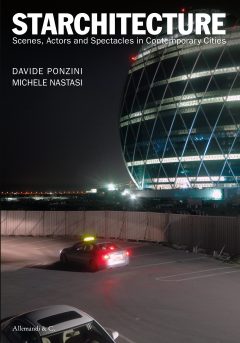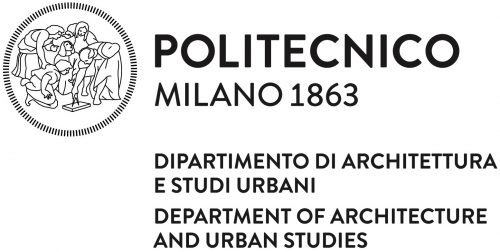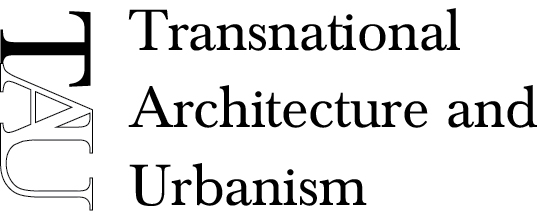 How and why do spectacular buildings get commissioned and procured? What are their visible urban effects? What can urban planners, architects, and policymakers learn in order to engage in more successful citymaking?
How and why do spectacular buildings get commissioned and procured? What are their visible urban effects? What can urban planners, architects, and policymakers learn in order to engage in more successful citymaking?
In recent years, media and critical attention has been lavished on famous architects, and the contributions of their designs to the branding of cities. The post-“Bilbao effect” global landscape is one where cities compete for the highest-profile skyscrapers, cultural projects, and high-profile developments designed by star architects whom even casual readers know by first name: Frank Gehry, Bjarke Ingels, Jean Nouvel, Zaha Hadid, Norman Foster, Rem Koolhaas. Far less is known about the decision-making processes behind these projects and their subsequent urban effects.
A unique combination of urban studies and photography, Starchitecture in
Author: admin
Seminar // Spectacularization of contemporary architecture and the urban landscape in competing global cities
Place and Date
Tallin, Estonia September 2010
Being Norman Foster
Year
2010
Description
Poli M. (ed) “Being Norman Foster”, Abitare, 507, 23-205 (2010).
Seminar // Localized commons in competing global cities: spectacularization of contemporary architecture and the urban landscape
Place and Date
Turin, January 2010
Seminar // A theoretical framework on the role of contemporary architecture as an immaterial competitive factor. European Urban Research Association
Place and Date
Milan, October 2008

